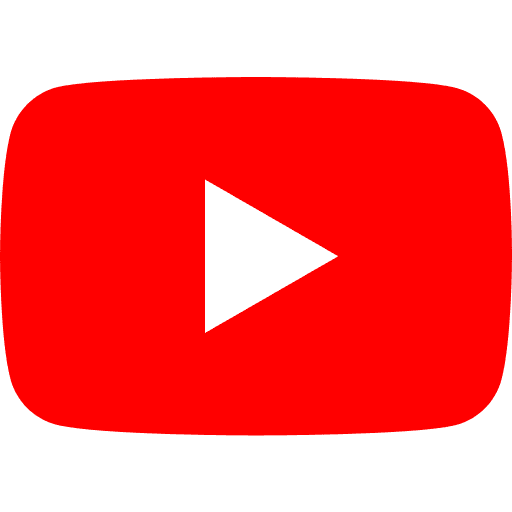Main Services
Additional Services
Water and Fire Damage Restoration, Including Water Extraction and Air Drying of Walls, Floors, and Ceilings, Mold Inspection and Remediation, Crawl Space Moisture Control, COVID-19 Cleaning and Sanitization, CDC-Approved Protocols, Detailed Surface Cleaning
Coverage Areas
Alameda County, Contra Costa County, San Francisco, Marin County, San Mateo County, Santa Clara County, Napa County, Solano County , Sacramento County
Rated Highest in Quality and Helpful Expertise PERFORMANCE GUARANTEED
- Quick Connect
- (510) 277-3777
